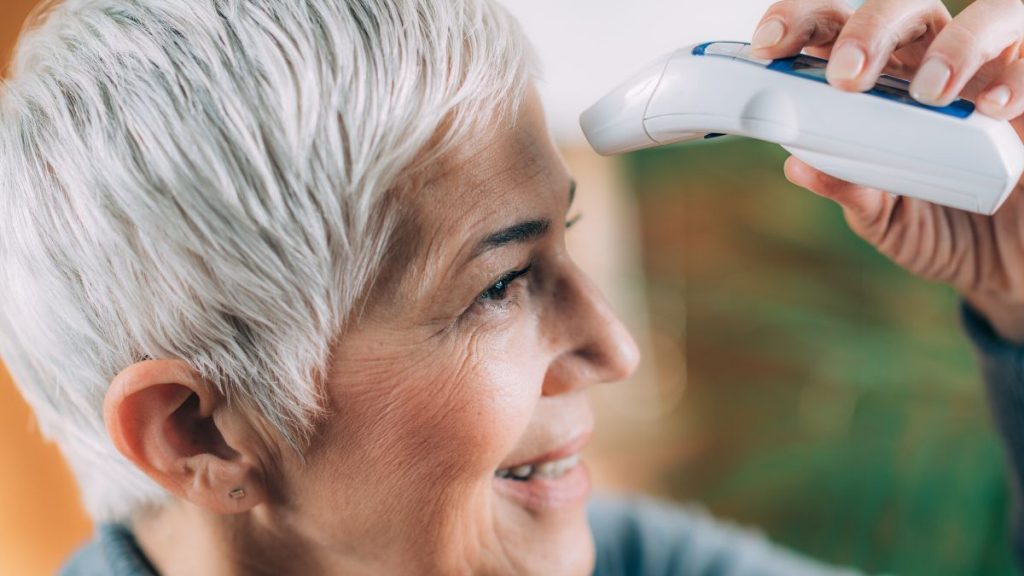Last updated on November 4th, 2019 at 06:22 pm

Our long-term mortality can be predicted by our chest X-Ray. Thanks to the new research which has developed an AI (Artifical Intelligence) enabled tool that can predict our mortality rate just by studying the chest X-Ray.
The research was published in JAMA open network on July 19, 2019. “This is a new way to extract prognostic information from everyday diagnostic tests,” said one of the researchers, Michael Lu, from Massachusetts General Hospital (MGH) of Harvard Medical School. “It’s information that’s already there that we’re not using, that could improve people’s health,” Lu said.
Artificial Intelligence is increasingly making our medical science more equipped to diagnose the diseases more accurately than ever. Recently another research claimed to predict heart attack by using AI-enabled tool.
Let us get deeper into how this research was carried out and how it can affect our healthcare system.
Research methodology
The objective of the research was to develop and test a convolutional neural network named CXR-risk (an AI-enabled tool) to predict long-term mortality, including noncancer death, from chest radiographs.
During the development of the tool, there was a total number of 41856 random samples of chest radiograph used from PLCO participants to feed information on the AI tool.
PLCO is a clinical trial group which stands for Prostate, Lung, Colorectal, and Ovarian Cancer Screening Trial, which is a community cohort of asymptomatic nonsmokers and smokers (aged 55-74 years) enrolled at 10 US sites from November 8, 1993, through July 2, 2001.
For external testing, researchers used data from the screening of the 5493 numbers of radiographs of the NLST.
NLST is another trial group which stands for National Lung Screening Trial, a community cohort of heavy smokers (aged 55-74 years) enrolled at 21 US sites from August 2002, through April 2004.
From all the data collected form chest radiographs and the health condition and mortality of the patient, a final modal of AI tool was developed to predict the mortality. Point here to note is no age, sex, and other data was stored in the tool.
The model was again tested on 10464 sample radiograph from both the PLCO and NLST trial group and CLX-risk score was developed.
Below is the result of test.
Result
Among 10 464 PLCO participants and 5493 NLST test participants, there was a graded association between CXR-risk score and mortality.
They found that 53 per cent of people the neural network identified as “very high risk” died over 12 years, compared to fewer than four per cent of those that CXR-risk labeled as “very low risk.”
The study found that CXR-risk provided information that predicts long-term mortality, independent of radiologists’ readings of the x-rays and other factors, such as age and smoking status.
Conclusion
The results suggest that the CXR-risk CNN can stratify the risk of long-term mortality using chest radiographs. Individuals at high risk may benefit from prevention, screening, and lifestyle interventions. Further research is necessary to determine how this can improve individual and population health.
Source: JAMA : https://jamanetwork.com/journals/jamanetworkopen/fullarticle/2738349
The author is a physiotherapist who has been practising for the last 17 years. He holds a Bachelor's in Physiotherapy (BPT) from SVNIRTAR (Swami Vivekananda National Institute of Rehabilitation and Research), one of the prestigious physiotherapy schools in India.
Whatever he learns dealing with his patient, he shares it with the world through blogs and e-books. He also owns a YouTube channel, "Sunit Physiotherapist" with over 8 lakh active subscribers. Here, he shares everything he gets to learn serving the patient.





